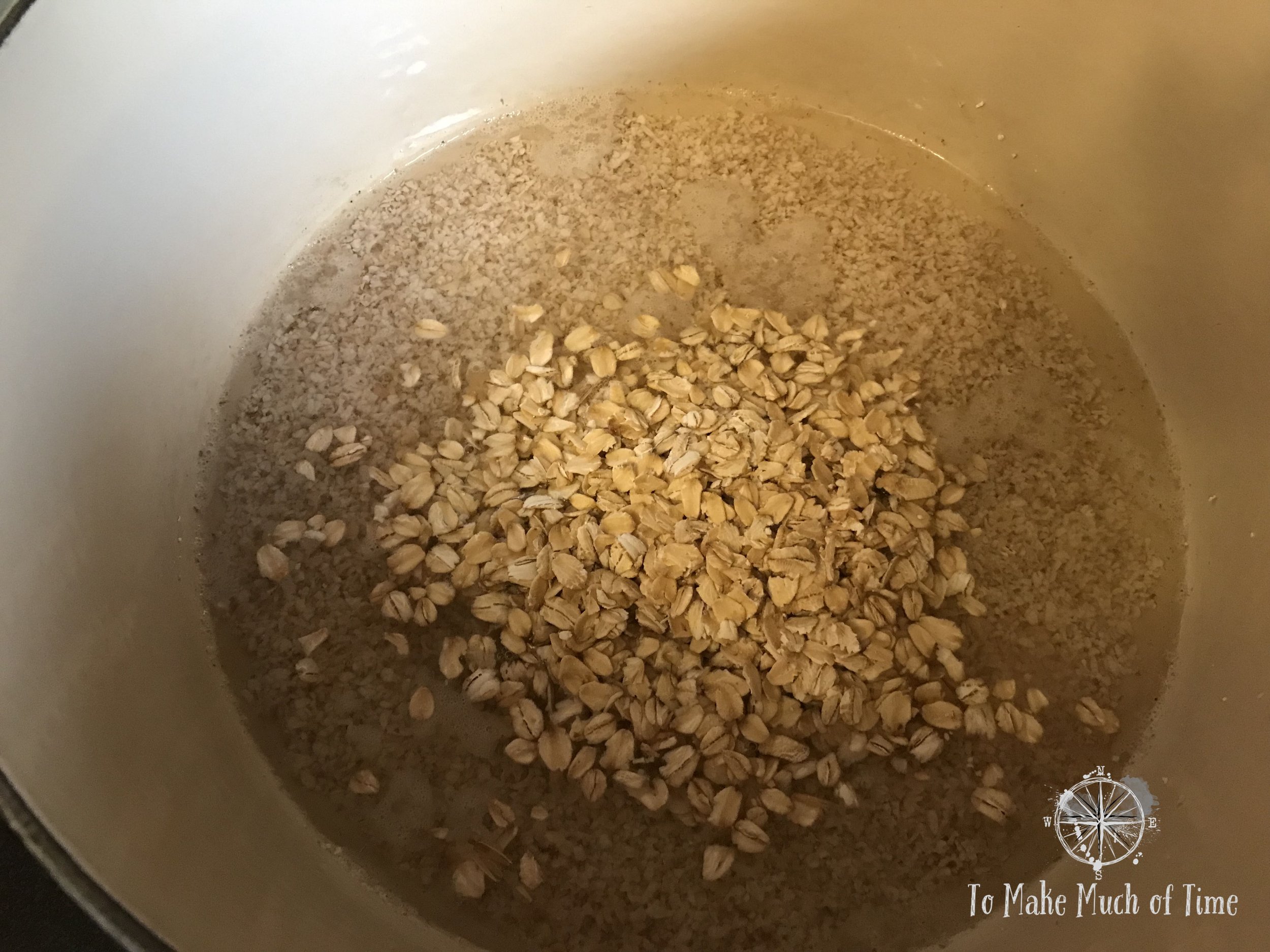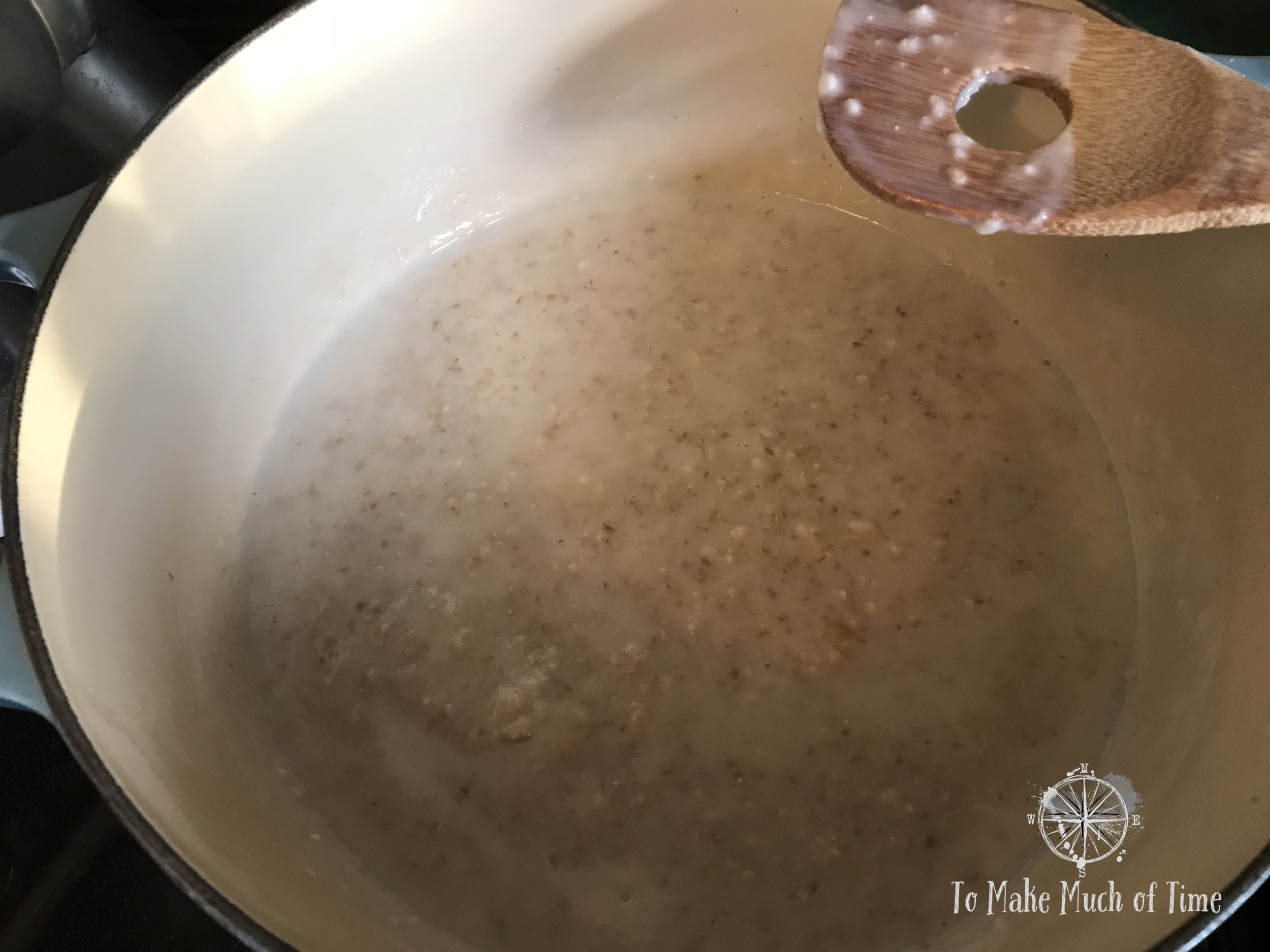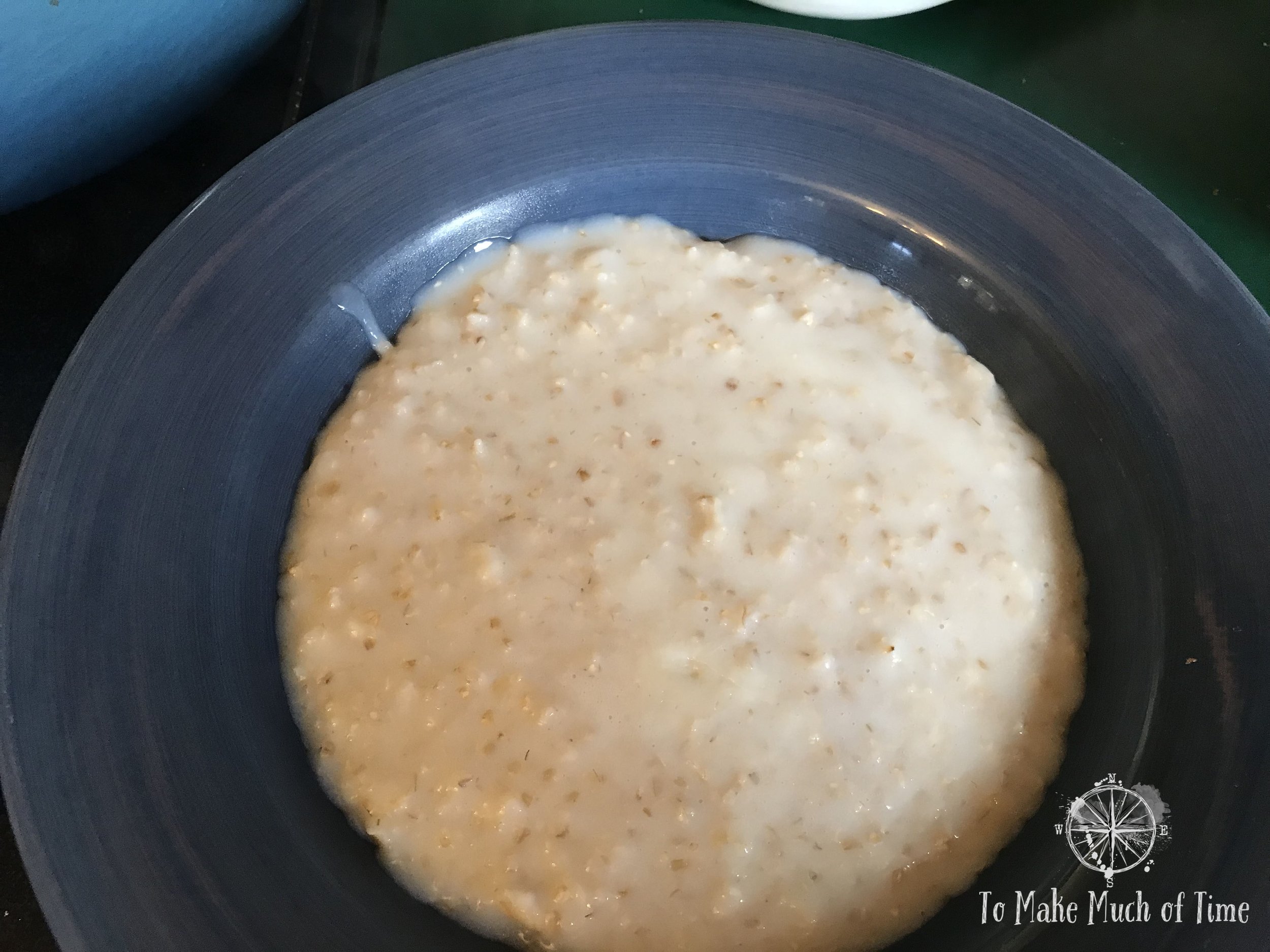Scottish Porridge Recipe
Porridge topped with Greek yogurt (a dollop in the middle), dried cranberries, and almond slivers.
Related blogs: Want to read more about our travels in Scotland?
Note: Some links throughout our site are affiliate links, which means we may receive a small commission at no cost to you.
In the summer of 2019 we spent 10 days in Scotland on an amazing trek from Edinburgh through the Highlands and to Skye. You can read more about that trip here.
We stayed at several great bed and breakfasts along the way, and one of them - Firhall Bed & Breakfast (read our review here) - started each morning off with a bowl of porridge before delectable breakfast entrees. Their porridge was amazing with just the right amount of heartiness and texture to avoid the risk that always accompanies the meal: mush. They kindly shared a few tips with us about the couple of types of oats and the tip that they soak one overnight.
After we returned home, we wanted to recreate our experience and decided to play around with recipes to come up with something similar, and are happy with the end result!
A Wee history of scottish porridge
Known as parritch in Scots and with about 6 other variations of spelling, porridge has been a staple of the Scottish diet for the last few centuries. While the food likely originated in Italy, it became associated with Scotland, due in part of the ability of oats to grow in the challenging Scottish soil.
According to this article on the history of porridge, people used to literally pour it into a drawer and cut slabs out each day for breakfast. I guess that’s a great time saver to make breakfast for the whole family with enough to last a few days. Also eww.
recipe for scottish porridge
We have found this recipe to serve the two of us, so double or halve the recipe as needed.
1/2 cup of pinhead oats
1/2 cup of oatmeal
2 1/2 cups of water
1/2 cup milk (we use 2%)
Soak 1/2 cup pinhead oats in 2 cups of water overnight. We soak them in a stove-ready pot.
In the morning, add 1/2 cup of oatmeal, 1/2 cup of water, and 1/2 cup of milk to the pot with the pinhead oats.
Bring the pot’s contents to a boil, stirring constantly - or at least frequently - as the goal is to avoid scalding the milk.
Once boiling, reduce temperature to a simmer and simmer for 2-4 minutes. The mixture should still have a fair amount of liquid in it without being soupy. The oats will continue to soak up the liquid as it cools.
To serve, you can eat the porridge plain or can add a variety of toppings. It is tasty with either Greek yogurt or a small amount of heavy whipping cream mixed in. And you can also add various dried nuts and fresh fruit. Some versions we’ve tried include: raisins, dried cranberries, fresh in-season berries (strawberries, blueberries, blackberries, raspberries), apples, a slight pinch of cinnamon and/or sugar, and walnuts and almond slivers.
Click the image below to save this post to Pinterest!






